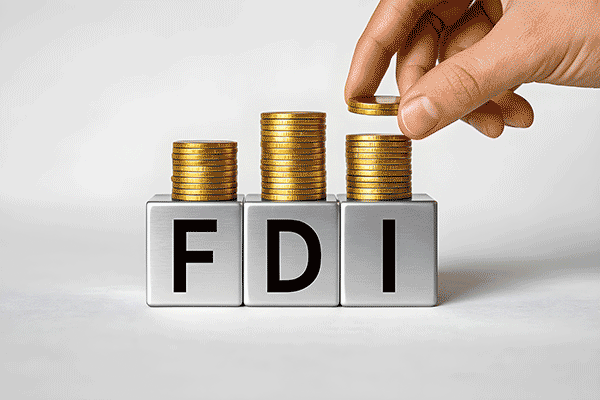Rama: “Only two real protests in Albania – the rest are political shows”

Prime Minister Edi Rama, in a recent interview on the podcast “Flasim”, dismissed opposition-led protests as mere political theatrics. He emphasized that Albania has only witnessed two genuine protests during his time in power: the 2013 protests against the import of Syrian chemical weapons and the 2018 student protests. Rama criticized the latest opposition demonstration, including the October 7th “civil disobedience” protest, as driven by a hunger for power rather than by real civic concerns.
Why is this important: Rama’s remarks are an attempt to distinguish between grassroots movements driven by public interest and demonstrations he sees as politically motivated. As the country approaches elections, Rama seeks to position his government as stable and focused on the country’s real needs, while portraying the opposition as divided and power-hungry.
Rama also touched on the mindset of youth in Albania, agreeing with his guest that many young people view politics as a shortcut to success rather than focusing on building their personal capacity first. According to Rama, the tendency to get involved in politics for personal gain is an illusion, and he used this point to indirectly criticize the motives behind the opposition’s protest.
Context: The Democratic Party (DP) has been organizing protests against Rama’s government, with the latest taking place on October 7th. These protests were intended to express “civil disobedience,” but Rama sees them as driven by internal political interests rather than a genuine cause. The DP has been in turmoil since 2021, when former leader Sali Berisha was expelled after being designated “non grata” by the U.S. State Department. Despite their attempts to present themselves as a unified opposition, the DP has been plagued by internal divisions, with recent protests largely seen as a way to regroup.
In contrast, Rama highlighted two protests that he believes were authentic expressions of public dissatisfaction and civic engagement.
The two ‘real protests’ in Albania’s history
- The 2013 Chemical Weapons protest
In November 2013, shortly after Rama took office, a massive public outcry erupted in Albania against a government proposal to allow Syrian chemical weapons to be dismantled on Albanian soil. Concerned about the environmental and safety risks, citizens, students, and environmental activists filled the streets of Tirana, particularly the boulevard “Dëshmorët e Kombit,” demanding the government refuse the international request. This protest, which brought together people of all ages and backgrounds, forced the government to back down, marking a rare moment where civic activism influenced national policy. The government ultimately decided not to allow the processing of Syrian chemical weapons in Albania, a decision widely seen as a victory for environmental and civic movements in the country. - The 2018 Student Protests
In December 2018, university students across Albania protested against high tuition fees, inadequate infrastructure, and poor management of education funds. What started as a simple complaint over additional fees for repeat exams at the Faculty of Architecture quickly grew into a nationwide movement. Thousands of students gathered in front of the Ministry of Education and later outside the government building, chanting “Reduce the fees!” and demanding reforms in the higher education system.
The protests grew in intensity, with students adding more demands, including increased funding for education, better living conditions in student dormitories, and the introduction of a student card. Despite the government’s concessions, such as removing the fee for retaken exams and promising further reforms, students refused to engage in dialogue with the government, suspecting political interference. The protests eventually dwindled as the winter holidays approached, but they are remembered as a pivotal moment of non-partisan youth activism, where students stood firm in their demands without allowing the movement to be co-opted by political parties.
Rama’s argument: By referring to these two protests, Rama aimed to contrast genuine movements driven by public needs with what he views as politically staged events. According to him, the 2013 and 2018 protests had “an internal sensitivity that brought people there” and saw participation increase as a direct result of public outrage and concern. He claimed that, unlike the opposition-led protests, these movements were civic in nature and not manipulated by political actors for personal gain.
Rama dismissed the October 7th opposition protest as just another manifestation of party politics rather than a real expression of public discontent.


